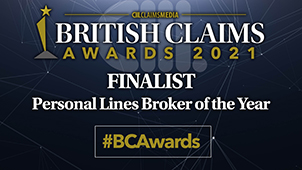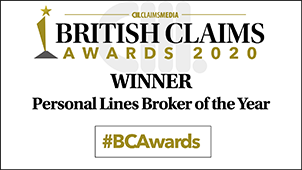As part of our new series aimed at new horse owners we’ve tried to answer some of the most common questions asked by prospective new riders around the cost of keeping a horse. We’ve looked into some of the main day-to-day costs facing horse owners – and how these can vary depending on the type of horse or pony that is being kept.
How much does it cost to stable a horse? – Housing your horse often doesn’t come cheap. If you own land on which to keep your horse, his field will need to be securely fenced and he may need a stable or field shelter to live in. There are many options available for stabling – wooden / brick built / eco-friendly and likewise with fencing – post and rail / electric tape / plastic stud fencing. Many people keep their horse at livery which again has an extensive array of associated options – and costs. Will full livery – where the horse will be fed, exercised and fully looked after for you be appropriate or will “do it yourself” DIY livery suit your circumstances – and budget – better?
How much does it cost to feed a horse – Even a small, hardy, native pony is likely to need some hay throughout the cold winter months. At the other end of the scale, a top competition horse or racehorse is likely to be fed top quality, nutritionally balanced feed which includes added supplements and the very best haylage money can buy. Many horses’ needs will fall somewhere in the middle of this, requiring a scoop or two of good quality feed a day and hay twice a day in the winter or if they are stabled.
Bedding – If your horse is stabled, he will need bedding in his stable. The most popular types of bedding are shavings, straw, shredded newspaper or various options of shredded or chopped straw. Straw is generally considered the cheapest bedding, but downsides can be dust, and, if you are liable for the cost of having your muck-heap removed, it can negate any savings in the cost of buying the bedding.
How much does it cost to shoe a horse? – The cost of caring for your horse – or pony’s – feet is another cost to consider. Again, the price you will need to pay can vary dramatically, depending on the needs of the animal. A barefoot horse or pony that requires a trim every six weeks, will not be as expensive as a competition horse that needs a new set of shoes every four to six weeks.
Annual expenses – Every year your horse – or pony – will need their teeth to be looked at by an equine dentist to ensure that their mouth and teeth are in good condition. It is important that annual vaccinations for equine flu and tetanus are kept up to date – particularly following the recent equine influenza outbreak in the UK. Most horse owners will have a specialist equine insurance policy for their horse in place. Reputable
horse insurance companies – such as SEIB – employ skilled and experienced staff who are able to advise horse owners to ensure they have the right cover that meets their needs.
Worming – Horses and ponies need to be regularly wormed irrespective of their type or the level of work they are doing.
You may also be interested in our other articles for new horse owners including “7 questions to ask when buying a horse.
About SEIB
SEIB have been arranging
horse insurance for over 50 years. This experience allows us to tailor policies to suit your circumstances and ensure that you and your horses are covered should the worst happen.



